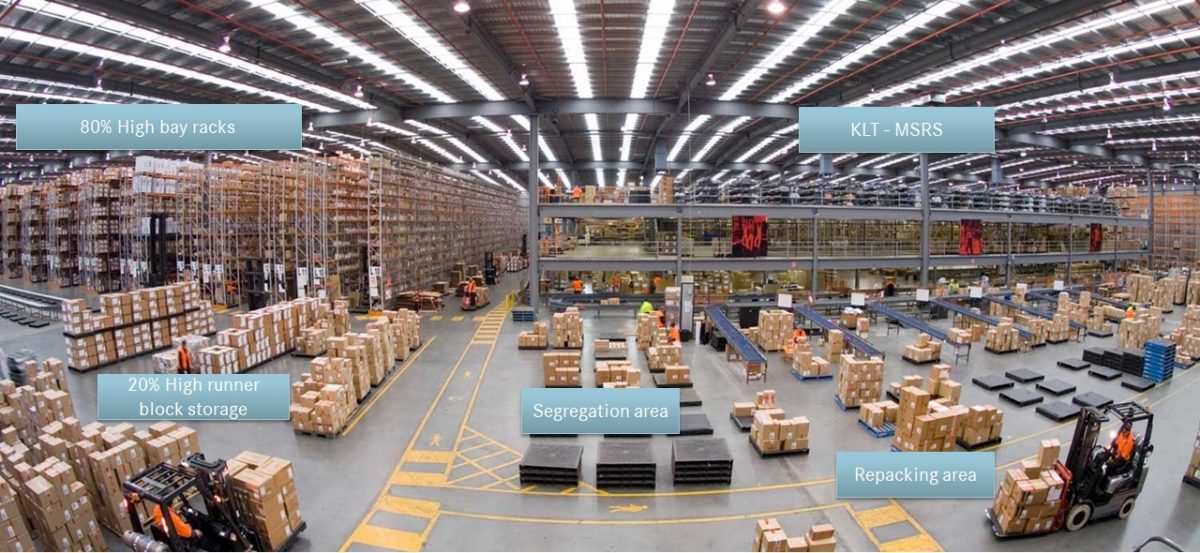According to statistics, the overall market size of China’s intelligent logistics stood at 35.67 billion yuan ($5.11 billion) in 2020, and the figure surged to 128.05 billion yuan as of October this year, with an average annual compound growth of over 70 percent.
With digitalization, modern warehouses are no longer merely “transfer stations,” but key nodes that offer targeted services. Intelligent warehousing systems now play a crucial role in the logistics sector.
In smart warehouses, cargos are sorted and moved by logistics robots, and real-time information about cargo vehicles is shown on big screens. What’s more, the “last kilometer” problem is now solved by unmanned delivery vehicles that are able to carry all types of parcels.
In the warehouse of an industrial park owned by Chinese e-commerce giant JD.com in Yiwu, east China’s Zhejiang province, over 100 automated guided vehicles are employed. Guided by QR codes and an inertial navigation system, these vehicles are able to precisely deliver cargos to staff members of the warehouse.
“Warehousing is becoming smarter and smarter, turning from person-to-goods to goods-to-person,” said Weng Bo, who’s in charge of the warehouse.
Weng told People’s Daily that the warehouse is able to handle 1,500 orders per hour, which is three times more efficient than traditional models, and the whole industrial park can process as many as 70,000 orders on a daily basis.
Resources are integrated for cargo transport, too. For instance, Wellong Etown, a logistics company based in Zhenjiang, east China’s Jiangsu province, has established a smart online cargo dispatching platform that enables shippers and truck drivers to receive freight forwarding solutions on their mobile phones. With a satellite positioning system developed by the company, the departure time, locations, and destinations of delivery vehicles can all be traced.
Automated and intelligent devices are gradually being employed at the delivery end, with contactless delivery becoming “standard configuration.”
In October this year, six smart delivery vehicles of JD Logistics, a supply chain solutions and logistics services provider of JD.com, were put into trial operation in a testing base for autopilot vehicles in Shunyi district, Beijing.
These vehicles, which can recognize traffic lights, detect pedestrians and keep staying in the right lane, have a maximum capacity of 200 kilograms and a range of 100 kilometers. They are able to complete over 200 deliveries per day.
These vehicles can send parcels to service areas that are far from distribution centers and then hand them to couriers for final deliveries.
He Tian, vice president of JD.com and head of JD Logistics AI and Data Science, told People’s Daily that intelligent logistics would enter a new era by 2025, in which artificial intelligence would contribute to the efficient automated development of all logistics links. “In the future, we’ll keep developing the logistics sector with technologies and constantly improving delivery efficiency and service quality to ensure the safety of all logistics links,” He noted.







